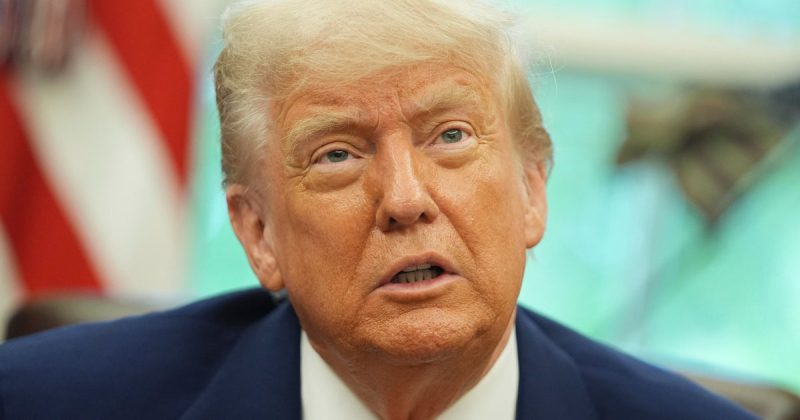
President Trump recently announced plans to sign an executive order aimed at lowering prescription drug costs in the United States. The order, slated for Monday, intends to leverage the prices paid by other nations as a benchmark for US drug pricing. This move is a significant step in the ongoing battle to address the exorbitant cost of medications, a problem that affects millions of Americans.
The core principle behind the executive order is straightforward: if other developed countries can secure lower prices for certain drugs, then the US should be able to do the same. This approach suggests a shift away from the current system, which often sees the US paying significantly more than other nations for the same medications. The administration believes this disparity is unsustainable and detrimental to the health and financial well-being of American citizens.
However, the effectiveness of this executive order remains to be seen. Pharmaceutical companies are likely to resist such measures, potentially arguing that lower prices would stifle innovation and reduce the development of new drugs. Furthermore, the complexities of international drug pricing agreements and the influence of various factors on medication costs could present significant challenges to implementation. Legal battles and lobbying efforts are expected to follow the executive order’s release, adding another layer of uncertainty to its potential impact.
The long-term consequences of this initiative are difficult to predict. While it holds the potential to deliver significant relief to patients struggling with high prescription drug costs, its success hinges on its effective implementation and the ability to navigate the complex regulatory and political landscape. The coming weeks and months will be critical in determining whether this bold move truly delivers on its promise of lower drug prices, or whether it ultimately falls short of expectations.










